The Impact of Language on Recycling Behavior
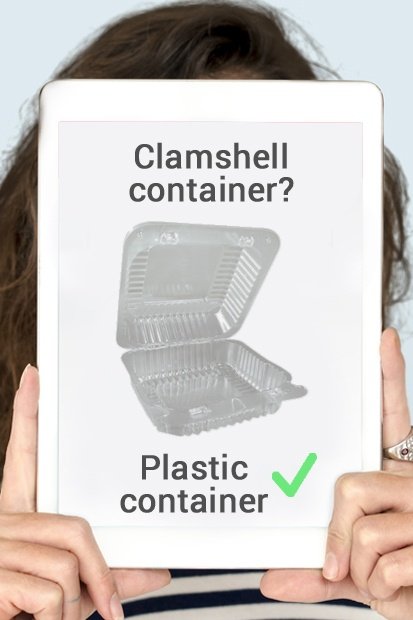
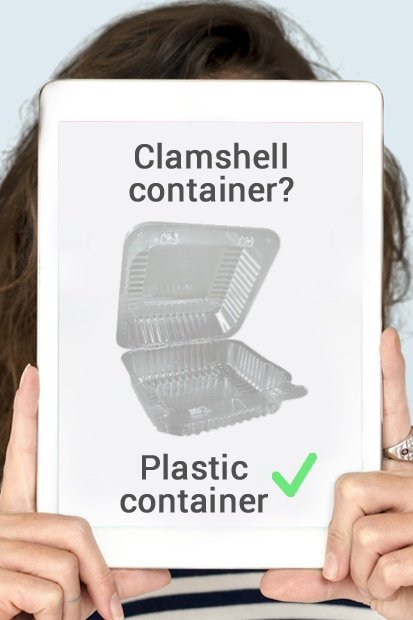 Words are powerful. A clear message plays a crucial role in educating and motivating residents to recycle more – with less contamination.
Words are powerful. A clear message plays a crucial role in educating and motivating residents to recycle more – with less contamination.
To better understand how language and terminology affect residents’ recycling behaviors, the Foodservice Packaging Institute, in conjunction with Resource Recycling Systems (RRS), conducted a recent online survey with 1000 U.S. based residents. The results were not surprising; residents responded better to ‘everyday language’ rather than industry jargon to describe recyclable materials.
“The FPI survey aimed to re-create the moment a resident decides to recycle an item,” says FPI President, Lynn Dyer. “We showed survey participants photos of cups, containers, boxes and bags to find out how language on food service packaging material impacts people’s curbside behavior.”
Two key takeaways from the survey were:
- Stick to common language when describing recyclable materials.
For example, most of the residents surveyed referred to an item as ‘plastic container’ instead of ‘plastic clamshell’. Likewise, the terms ’empty’ and/or ‘clean’ are more effective than ‘no food-soiled’.

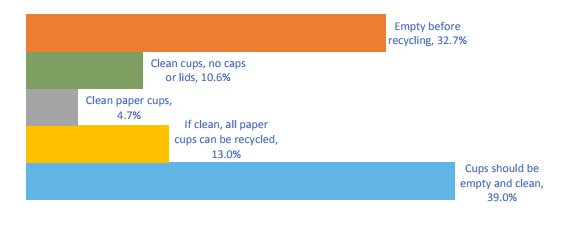
What does this mean for you?
Municipal solid waste, multi-family units, and HHW – these terms might sound very common to you; however, this may not be the case for your average resident.
So when you are providing any type of recycling information to the public, take a step back and ask yourself if the average resident would understand the term. This can simply mean using ‘household garbage’ instead of ‘municipal solid waste’, ‘apartments and condos’ instead of ‘multi-family units’ and spelling out ‘hazardous household waste’ instead of the acronym ‘HHW’.
Using a term that most residents will understand will likely encourage them to perform the desired action or recycle that item correctly. That’s why Recycle Coach includes multiple terminology for the household items in the What Goes Where? search, so no matter what term a resident looks up, they will likely find the information they are looking for (in common language).
- Images are universal.
When in doubt, use images to depict what you’re trying to convey, which will rule out any confusion regarding terminology.
For recycling posters or other pieces that help residents recycle correctly, group items by material type (plastics, glass, paper, etc.) instead of waste stream (recycling, organics, trash, etc.). See below for the study results:

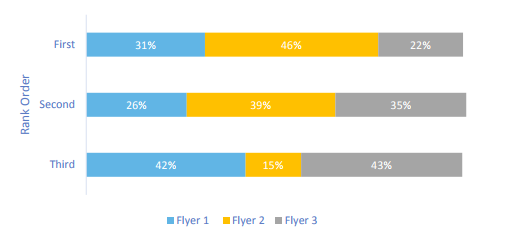
What does this mean for you?
Use images whenever you can! A photo of a Styrofoam™ container is easily understood by everyone, placing a lower significance as to whether you call it “foam container”, “#6 plastic”, or “take out container”.
Here at Recycle Coach, we understand that ‘a picture is worth thousand words’ so our What Goes Where? tool and free promotional materials are loaded with colorful, relevant graphics to help your residents understand the message quickly and accurately.
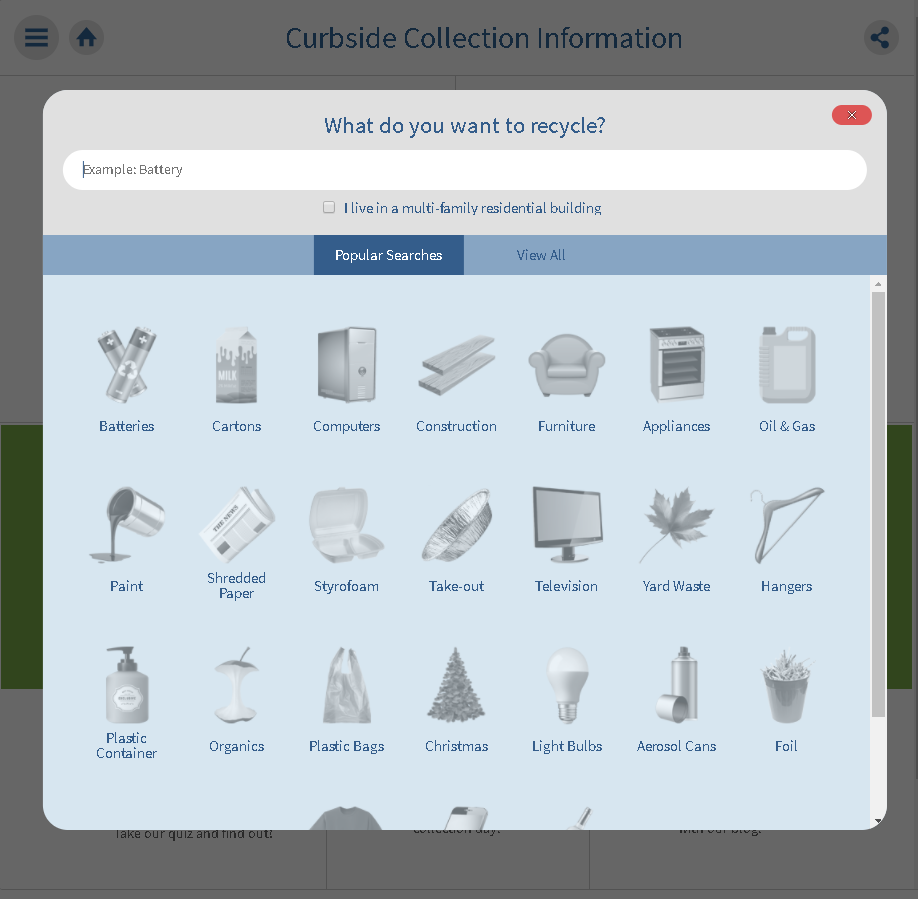
In conclusion, recycling education messages that are clear, consistent, and can be easily understood by the public can play a key part in boosting your waste diversion rates and limiting contamination.